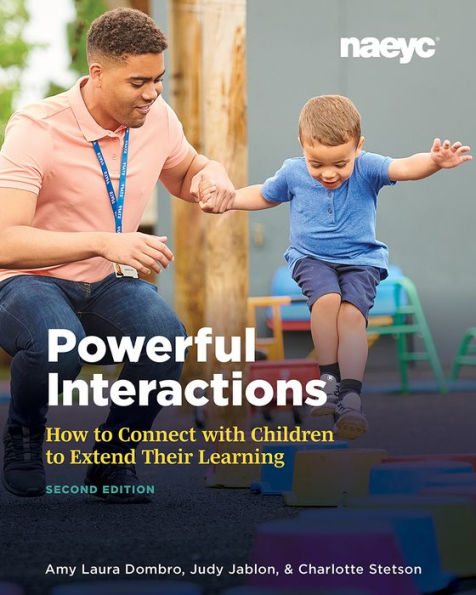5
1
9781938113727



Powerful Interactions: How to Connect with Children to Extend Their Learning, Second Edition available in Paperback, eBook

Powerful Interactions: How to Connect with Children to Extend Their Learning, Second Edition
- ISBN-10:
- 1938113721
- ISBN-13:
- 9781938113727
- Pub. Date:
- 10/13/2020
- Publisher:
- National Association for the Education of Young Children
- ISBN-10:
- 1938113721
- ISBN-13:
- 9781938113727
- Pub. Date:
- 10/13/2020
- Publisher:
- National Association for the Education of Young Children

Powerful Interactions: How to Connect with Children to Extend Their Learning, Second Edition
$38.0
Current price is , Original price is $38.0. You
38.0
In Stock

Product Details
| ISBN-13: | 9781938113727 |
|---|---|
| Publisher: | National Association for the Education of Young Children |
| Publication date: | 10/13/2020 |
| Edition description: | New Edition |
| Pages: | 168 |
| Product dimensions: | 7.80(w) x 9.90(h) x 0.40(d) |
About the Author
From the B&N Reads Blog
